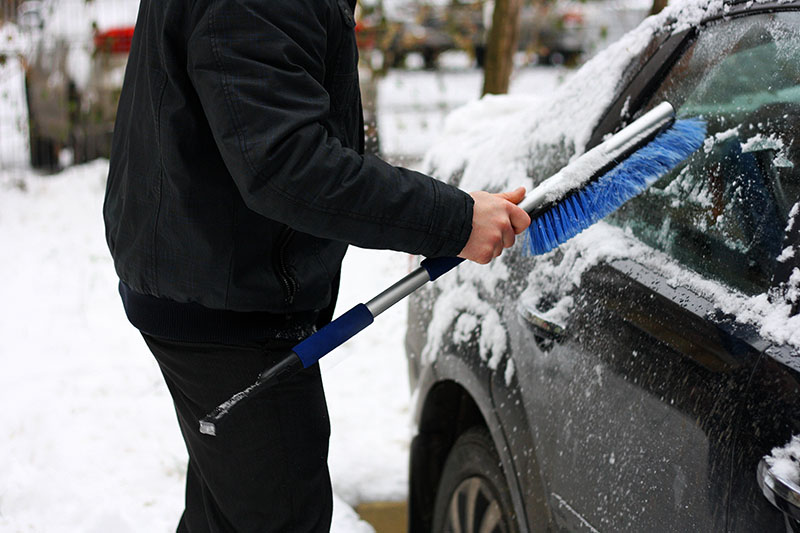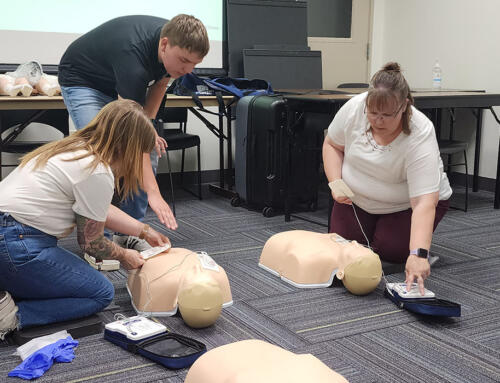Are you planning any long drives during the cold-weather months? Follow these winter driving tips to ensure you arrive safely:
- Get a grip. With good tires, that is. Tires should have at least 6/32-inch tread depth and be properly inflated. Consider investing in snow tires or carry chains.
- Change wiper blades. Fill your windshield washer reservoir with anti-icing fluid.
- Stomp, stay, and steer. For maximum control, step on the brake with steady pressure, and then ease up until you feel the brakes pulse about once a second. Don’t over-steer on ice.
- Make sure headlights and taillights are clean and clear of snow so other drivers can see you.
- Pack an emergency safety kit. Include a cell phone, ice scraper, tow rope, bag of sand (for traction), small ground tarp (for installing chains), blankets, flashlight, matches, non-perishable snacks, and a can of lock deicer.
- Slow down and increase your following distance. Excessive speed for road conditions is the top cause of weather-related accidents. Remember, four-wheel drive will help you get going, but it will not help you stop.
- Skip cruise control when it is freezing or raining.
- Steer clear of plows. Leave at least 15 car lengths behind snow-removal vehicles, and never pass them on the right.
- Keep your gas tank at least half-full. If you are stuck or stranded, your car’s engine will be your only source of heat. Keeping the tank at least half-full also prevents moisture from building up in the tank, causing your car to run poorly.
- If you are stuck, stay in your vehicle. Unless you can see help from where you are and can walk there without risk, stay warm inside your car and wait for help. Keep your exhaust pipe clear of snow and ice so carbon monoxide will not build up inside the car.





 ESD 112 equalizes educational opportunities for learning communities through innovative partnerships, responsive leadership, and exceptional programs.
ESD 112 equalizes educational opportunities for learning communities through innovative partnerships, responsive leadership, and exceptional programs.